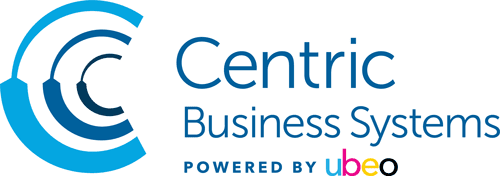MPS and Digital Transformation
Implementing a managed print services (MPS) strategy provides a host of benefits to organizations. The right MPS strategy from the right MPS provider not only delivers those benefits but can be a key part of your organization’s digital transformation initiative.
The core benefits of MPS will allow firms to become more efficient by enabling teams to focus on the real business of the organization rather than worrying about the performance of your printers, copiers, scanners, and fax machines. Here’s a summary of the benefits MPS can deliver:
- Decreased Costs. On average, organizations adopting MPS save 30% on hard copy costs just through active fleet management. However, other cost savings can come from optimizing device populations to reduce capital or lease expenditures, reducing the time IT staff spends on print problems, reducing wasted paper, and reducing energy costs.
- Strategic Decision Making. Actively monitoring your print devices allows you to analyze what, when and how much is printed, and to which devices. This information can be used to decide whether to add or delete printing devices, restrict the use of devices by user or time of day, or examine the general workflow generating the print to see if there are more efficient ways to handle that workflow.
- Making sure your data and client information are protected from hackers is critical to maintaining your business. Printers, copiers, and other necessary office equipment handle this sensitive information every day. The right MPS provider will make sure the necessary security features and functions including data encryption, data deletion, and comprehensive authentication settings to limit access to certain devices or certain employees are enabled on managed devices.
- Improved Efficiency and Productivity. Devices in an MPS engagement can be constantly monitored to determine if service is needed or when supplies are required, reducing equipment downtime and making sure print devices are always ready when your employees need to print. Automatic supply replenishment can be set up, freeing up employee time spent ordering supplies and giving that time back to your organization’s business.
Managing your print and paper usage is one part of a good MPS engagement. If you’re pursuing a digital transformation strategy, you may be digitizing rather than printing information today. Still, a persistent paper trail needs to be managed. According to Quocirca, “despite almost 70% of organizations recognizing digitization as a key element of an information management strategy, businesses remain reliant on paper-based processes.”
By using MPS and working with an MPS provider focused on your paper and digital needs, your institution can put in place integrated policies to control and manage both paper and digital information. By conducting a complete workflow analysis on both paper and digital workflows, you and your MPS provider can find the best integration areas between the paper and digital worlds. An investigation and discovery process like that will help customize a solution that is the best, most efficient combination of products and services to meet your unique demands.
MPS may have started as a hard copy print management solution, but over time the available services have evolved to bridge hard copy and digital information management. Finding the right MPS provider that understands this will mean your organization will continue to receive the benefits of traditional MPS and be able to take advantage of the benefits digital transformation management delivers.
